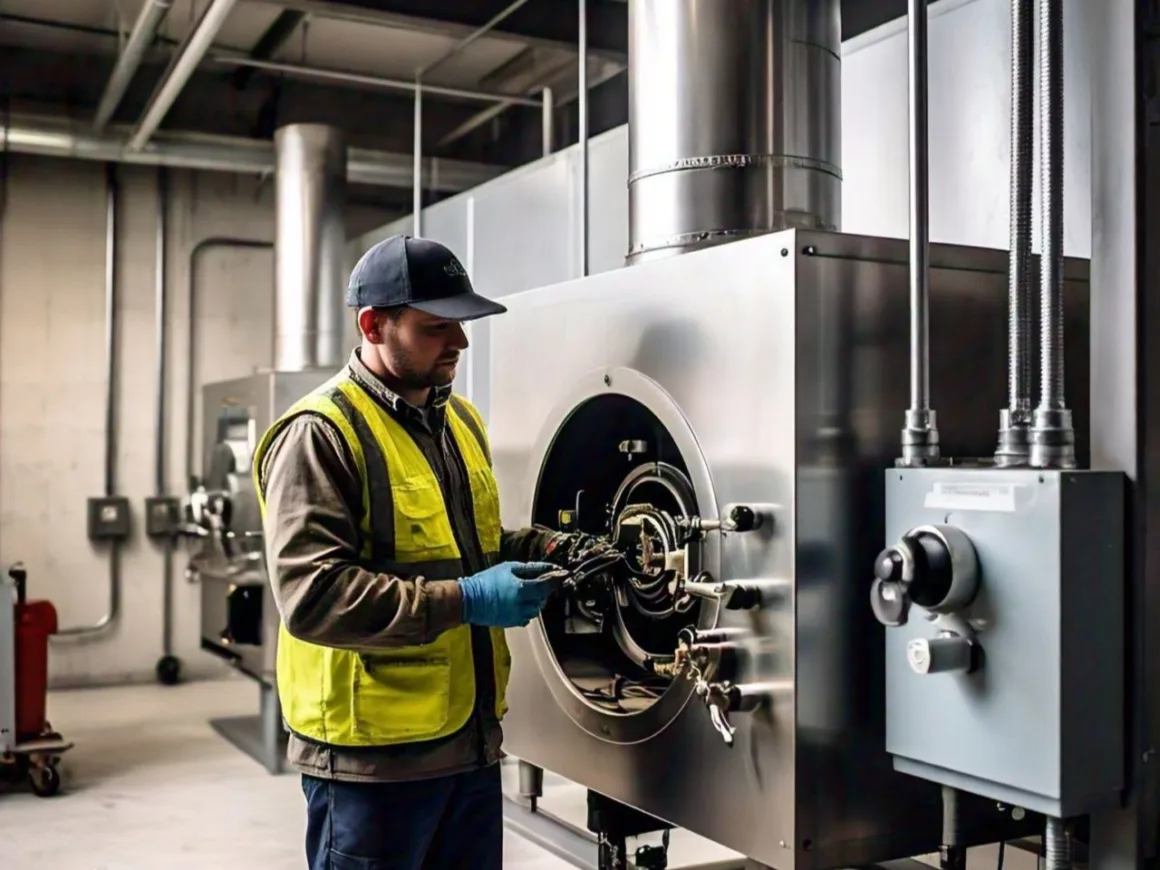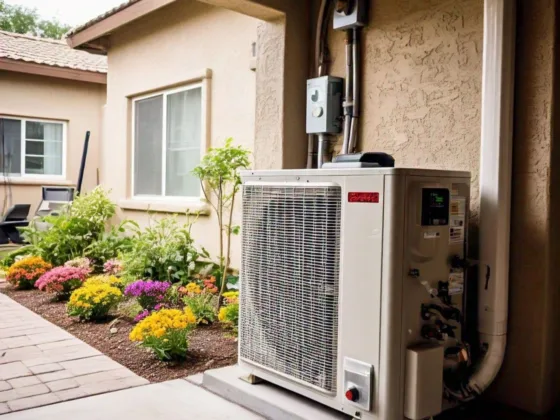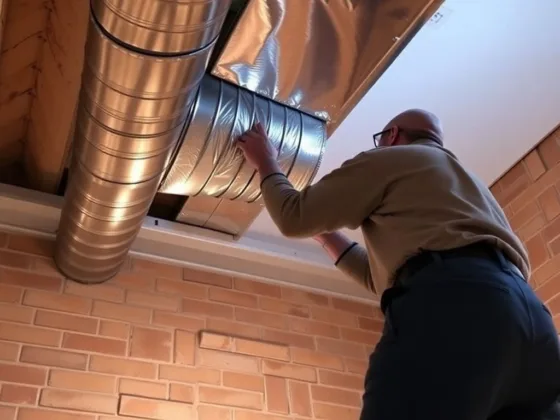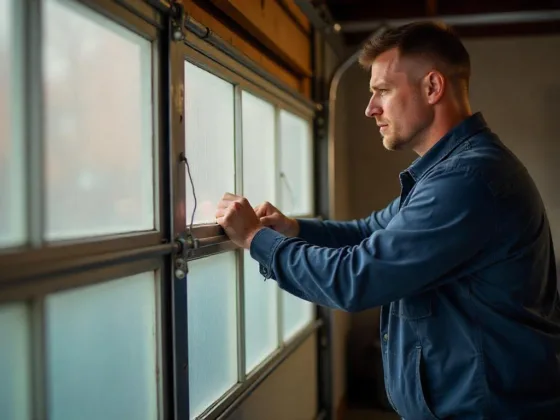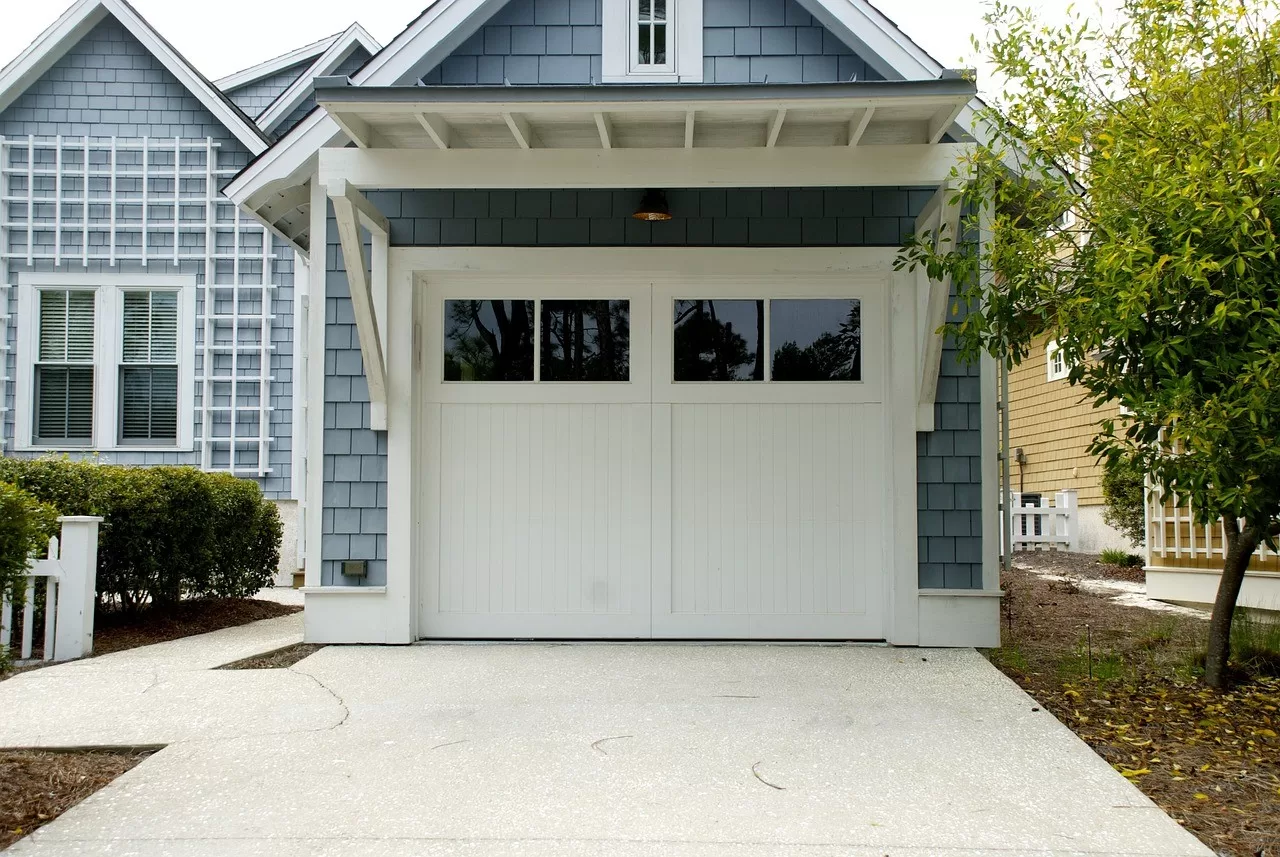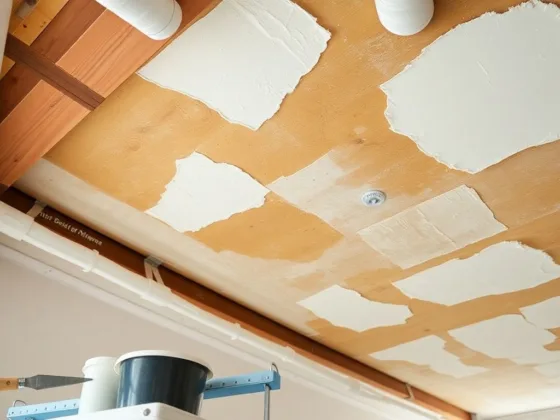A furnace is the heart of your home’s heating system, responsible for delivering consistent warmth during colder months. Think of furnace maintenance as not just a technical necessity but an investment in comfort, safety, and efficiency.
Regular care ensures you’re not just warm but also saving money and breathing cleaner air—a trifecta of value most homeowners overlook until it’s too late. While annual professional furnace maintenance is the standard, there’s value in taking a seasonal approach.
Consider a quick DIY pre-check in the fall to ensure filters are clean and vents are clear, followed by a professional inspection. Mid-season reviews during intense winter usage can also prevent surprises when the furnace is working its hardest. Neglect doesn’t just lead to higher bills and breakdowns; it can also create invisible dangers.
Carbon monoxide leaks, aggravated allergies from poor air circulation, and irreparable system failures are risks you’re gambling with. Maintenance is about keeping your home safe as much as it’s about keeping it warm.
Signs Your Furnace Needs Maintenance
Go beyond the obvious. Sure, strange noises or uneven heating are red flags, but subtler signs—like slight delays in temperature adjustments or a faint metallic smell—can be early indicators. Spotting these nuances saves money and hassle. Start with proactive observation.
Pay attention to how long the furnace takes to heat your home, track monthly energy costs for unexpected changes, and visually inspect the unit for soot or rust buildup. A smartphone app or a simple spreadsheet can help you log these details for early detection.
Benefits of Regular Furnace Maintenance
Efficiency isn’t just about saving energy—it’s about saving time and stress, too. A well-maintained furnace heats faster, needs fewer repairs, and ensures even warmth throughout your home.
The cumulative savings from energy efficiency alone can often cover the cost of annual maintenance. Consider your furnace like a car—routine oil changes keep the engine running longer, and the same principle applies here.
With consistent care, you can extend its life by up to 30%, delaying the need for a costly replacement while enjoying better performance. Clean air filters and properly tuned systems prevent mold, dust, and allergens from circulating in your home.
Maintenance for furnace also eliminates risks of gas leaks or electrical issues that can threaten your family’s safety. Your furnace is more than a heater—it’s a gatekeeper of air quality and security.?
DIY Maintenance Tips
Focus on tasks that maximize results with minimal effort:
- Replace filters regularly (monthly during high usage).
- Vacuum around the furnace to remove dust.
- Check and clean vent registers.
- Test the thermostat for responsiveness.
Replacing filters every 1–3 months ensures unrestricted airflow, which reduces strain on your furnace.
Bonus tip: Use high-efficiency filters to improve air quality, especially if you have pets or allergies.
Aside from filters and a vacuum, invest in a carbon monoxide detector, a flashlight for dark spaces, and a simple handheld blower for clearing vents. A small investment here prevents big headaches later.
When To Opt for Professional Furnace Maintenance?
Call a professional if:
- You smell gas.
- The furnace cycles irregularly or fails to heat evenly.
- There’s visible rust or excessive debris on or around the unit.
- You’ve missed a yearly furnace maintenance — catching up is critical.
Overall, during a professional furnace inspection or tune-up homeowners can expect deep cleaning of internal components, testing for carbon monoxide leaks, calibrating the thermostat for accuracy and afterwards, tech will provide you with recommendations tailored to your home, such as energy-saving upgrades or duct sealing.
Seasonal Considerations
Late summer and early fall are ideal for proactive maintenance. This not only prepares your system for winter but also helps you avoid the busy season when professionals are harder to schedule. Before winter homeowners need to:
- Replace filters.
- Clear clutter around the furnace.
- Ensure all vents and registers are open.
- Test the thermostat and furnace early, so repairs can be made before freezing temperatures arrive.
Energy Efficiency and Cost Savings
A well-maintained furnace can reduce energy usage by 10–30%. For example, a dirty burner requires more fuel to achieve the same heat output, which increases costs unnecessarily. Maintenance pays for itself in lower utility bills.
And if you are looking for more steps on maximizing furnace efficiency seal windows and doors to minimize heat loss, upgrade to a programmable thermostat to optimize usage, insulate ductwork to retain heat.
Troubleshooting and Repairs
Even with care, components like ignitors or blower motors may fail due to age. The key is that maintenance minimizes these issues and provides early warning signs, so repairs can be made cost-effectively.
Follow the “50% rule”: If the cost of repairs is more than 50% of the replacement cost and the furnace is older than 10–15 years, replacement is likely the better option.
Conclusion
Furnace maintenance is about more than preventing breakdowns—it’s an investment in safety, comfort, efficiency, and long-term savings. A small annual effort keeps your system running reliably when you need it most.
Set reminders in your smartphone or calendar for:
- Filter changes every 1–3 months.
- A mid-season DIY inspection.
- Annual professional maintenance in the fall.
- Consistency is key to maximizing performance and lifespan.
FAQ:
Furnace maintenance involves regular care and inspection of your heating system to ensure it operates efficiently and safely. It is important because it helps prevent breakdowns, enhances energy efficiency, improves air quality, and extends the lifespan of your furnace, ultimately saving you money and ensuring comfort in your home.
It is recommended to schedule professional furnace maintenance at least once a year, ideally in the fall before the heating season begins. However, considering a seasonal approach with a quick DIY pre-check in the fall and mid-season reviews can further enhance performance and prevent issues.
Look for signs such as strange noises, uneven heating, delays in temperature adjustments, and any unusual smells. Additionally, track your energy costs for unexpected changes and visually inspect for soot or rust buildup, as these can be early indicators of maintenance needs.
You can perform several DIY tasks, including replacing filters regularly (every 1-3 months), vacuuming around the furnace, checking and cleaning vent registers, and testing the thermostat for responsiveness. These tasks help maintain airflow and improve overall efficiency.
You should call a professional if you smell gas, if the furnace cycles irregularly or fails to heat evenly, if there is visible rust or excessive debris around the unit, or if you’ve missed your annual maintenance. Professional inspections ensure safety and optimal performance of your furnace.
